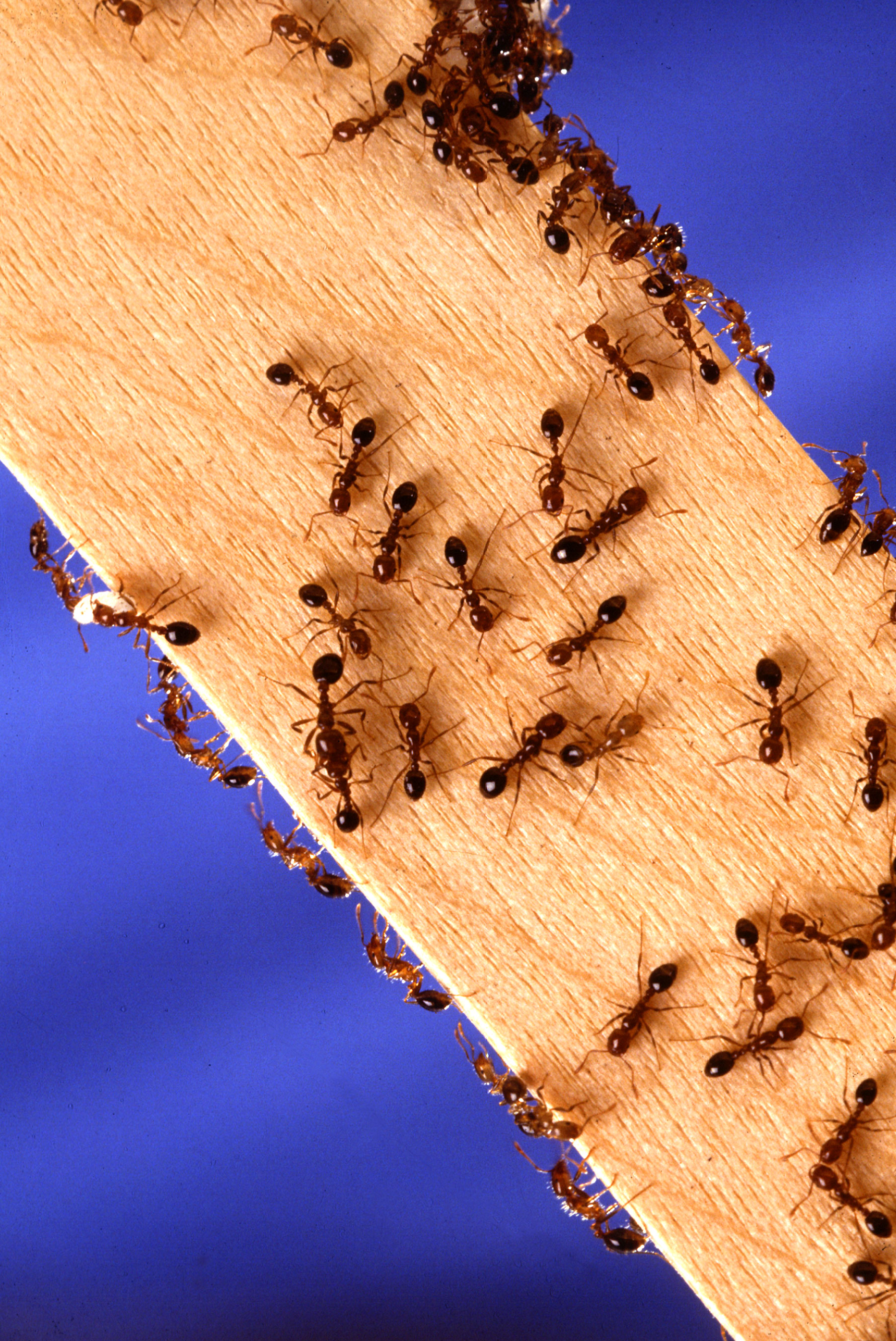Worthy of Imitation?
"The care with which an item is placed on a shelf, a door closed, or a chair moved is noticed and replicated by our young [children]. We must be consciously aware of the quality of our movements, for whether we like it or not, we will see the children mirror for us what we have presented to them as it emerges in their actions and play."
-Karen Smith, "The Role of Purposeful Work in a Waldorf Kindergarten"
The Online Waldorf Library
It was a powerful moment for me, bringing home the concept in anthroposophy that in the first 7 years, the child learns primarily through imitation.
I am not particularly physically active, in fact I love sitting very still while I read novels and eat chocolate. Yet I would like my children to be active and healthy. I love that my son is skinny and muscular, unlike myself as a chubby child. I want my kids to be able to use their bodies to achieve their goals, not be hindered by physical limitation. So it's a struggle to get myself active on their behalf.
I have also observed that when I act angry or impatient, so do the children. And whoever said "out of the mouths of babes" got it so right. It's always a moment of chagrin when a child repeats something they shouldn't have heard in the first place. Around here we don't use swear words anyway, but still I have heard Napoleona say to SillyBilly, "Don't do that ever again!" in a very stern tone.
What a gift it has been to understand that the young child imitates and must be active. Tonight we were all hungry and tired and dinner was not ready yet. The kids were getting a bit wild, so I put Napoleona in her high chair, called SillyBilly over, and we all ripped up chard leaves into a pot. This activity allowed them to calm down, focus their attention, and do purposeful work to get dinner done. There was very little ruckus after that. Magic!














